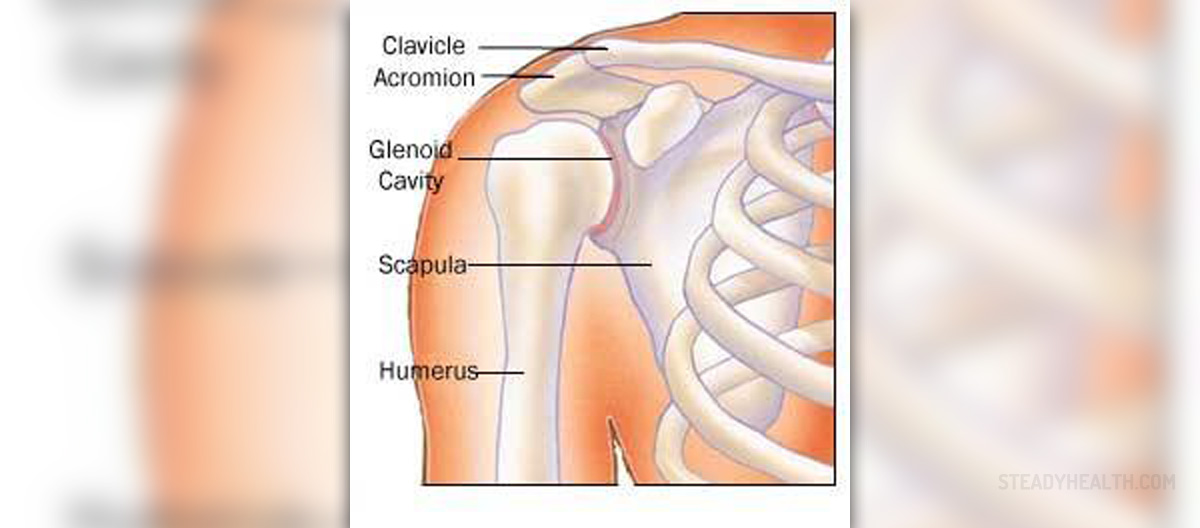
Facts about Rotator Cuff Pain
The rotator cuff is a part of our shoulder, consisting of four different muscles. Many athletes can experience rotator cuff pain quite often, due to the strain put on them. The pain itself may range from mild to excruciating, thus, in its worse forms, rotator cuff pain can make your life miserable, your mobility greatly impaired and your every move extremely painful. Furthermore, this pain may trouble you even when you sleep, since these positions are often quite stressful for our shoulders, putting stress on them and triggering the pain and discomfort. Upon experiencing rotator cuff pain, one is highly advised to seek medical assistance and deal with this problem before any other complications take place.
Reasons behind Rotator Cuff Pain
One of the most common causes of pain in this part of the shoulder is, the so-called, shoulder bursitis or rotator cuff tendonitis. Here, the cushioning tissue in the rotator cuff gets inflamed, triggering pain and discomfort. Also, while suffering from this condition, one is to experience decreased strength and mobility in the shoulder area.
If this tendonitis is left unattended, it may lead to rotator cuff tear, which is a situation bound to cause excruciating pain in the area. Also, lifting something really heavy can lead to the onset of this problem too.
Athletes usually experience shoulder dislocation, due to the aggressive nature of their sports, placing too much emphasis on their shoulders, causing this injury. Here, the rotator cuff falls out of its socket, causing pain and immobility.
Possible Treatment for Rotator Cuff Pain
Absolute rest is often the best medicine, when it comes to rotator cuff injuries. Your shoulder needs to recuperate and your doctors will advise you to restrain yourself from using the injured shoulder completely. Painkillers and anti-inflammatory medications are often prescribed as well.
After the pain is gone or is successfully controlled, one needs to perform specific exercises in order to rehabilitate the injured shoulder and recover its motion. These exercises usually start gently, with mild movements, later to advance to weight lifting and other, more demanding workouts.
Finally, massage is very helpful with this type of injury, since it improves the blood circulation in the area, speeding up the healing process. If any of the steps mentioned here fail to make one's rotator cuff better, and the pain remains persistent, further medical analysis is needed. In these cases surgery is the next logical step.


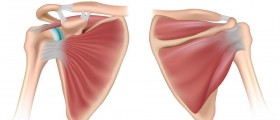
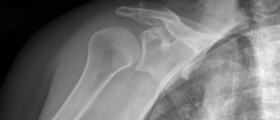


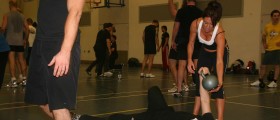



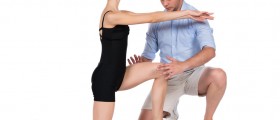



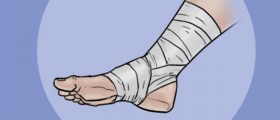
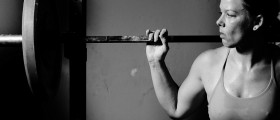

Your thoughts on this
Loading...